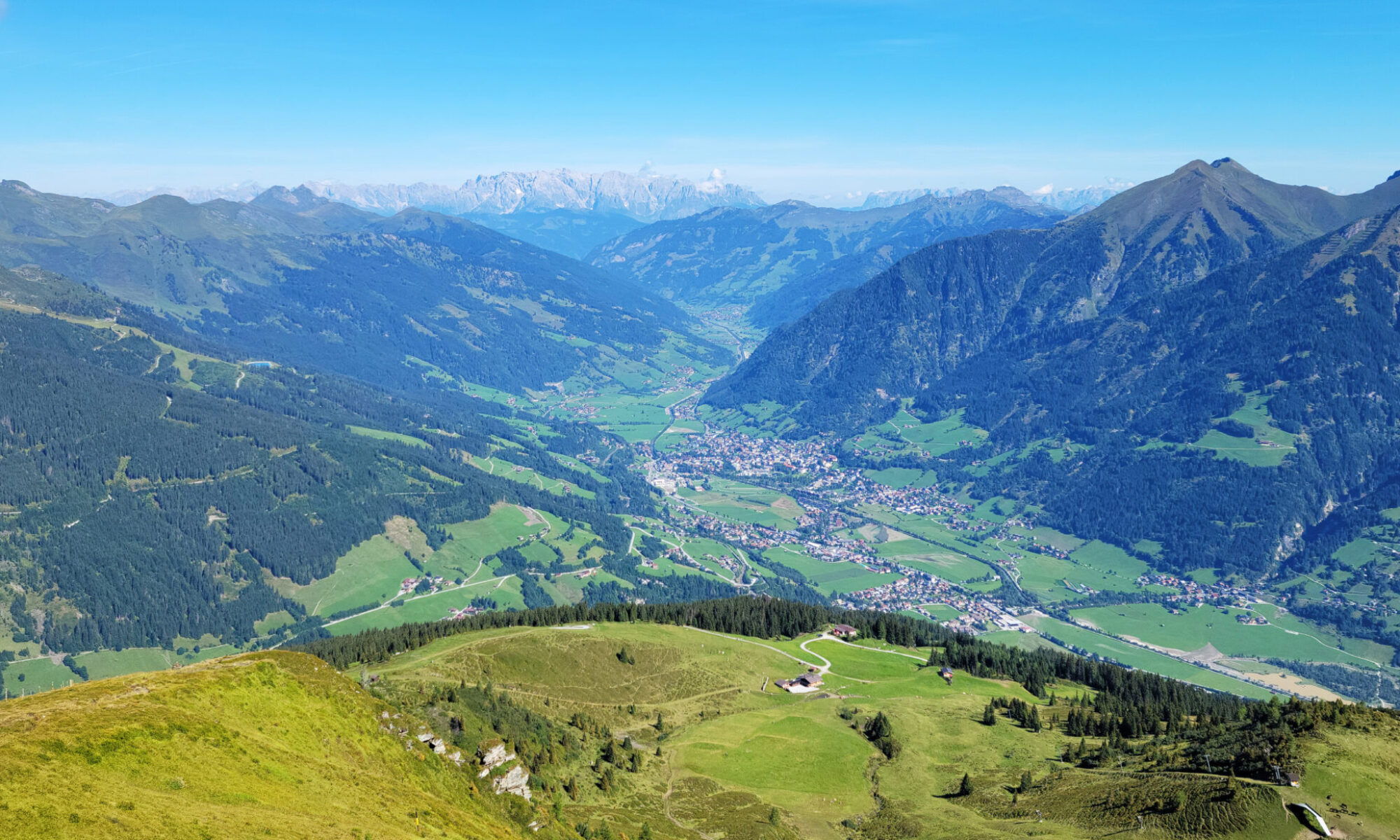Recently while taking a break from planning our next big set of travels for September and October, we decided to visit another set of museums in Turin which one could call unusual if not down right odd. I would say odd because when one thinks of a museum, at least the first one below would not immediately pop into one’s mind.
The cost for each of the two museums above was €5 each. However, one can purchase a €10 entrance pass which includes the first two museums as well as the Museum of Fruit.
Museum of Criminal Anthropology
This Museum of Criminal Anthropology is located on the same block as the Museum of Human Anatomy. At via Pietro Giuria, it is housed in a somewhat unassuming building and if you were not actually looking for it you might pass by it altogether.

The building inside, like so many in Turin, has a grand architectural style inside and was probably under the influence of one of the many great architects that have worked in this city.

So as to not bore you with the benefactor’s history of this museum, you may visit the website to learn more if you wish, let’s just say that once inside you get a very good idea of just how backward science and medicine were in those days. The main displays in this museum are those of skulls and artifacts from criminal patients who were often labeled crazy or insane. Many of the skulls were labeled with the crimes that each of the individuals committed, all of course written in Latin.

The adjacent side of the floor contained numerous examples of the implements used in many of the crimes that were committed.

If I were to sum up my thoughts of this very interesting museum it would be one of great curiosity. Not only for the obviously poor people who were involved and in some cases mistreated and misdiagnosed by their treating physicians, but for the times in which they lived. Many of which would have benefited from our medical knowledge of today, perhaps to the point of never turning to crime. As for the doctors and scientists involved it must have been a time of great discovery, however misguided some of them employed their influence and knowledge.
It took us a little over an hour to visit the entire museum and we would recommend it, though we would consider it a bit on the morbid side.
The Museum of Human Anatomy
On via Corso Massimo d’Azeglio and the adjacent street and same block as the previous museum one can visit the Museum of Human Anatomy. This is another museum where some may not be appropriate, especially if they are uncomfortable with anatomy, blood, brains or guts. So plan appropriately.

It can however be used as it had been in the past, as a very good pedagogical device for learning more about oneself and what composes the human organism. Having been used in the past as part of the medical university system in Turin it still offers valuable insights to visitors.

This museum is also housed on a single floor. As you begin your tour you first learn of basic anatomy and view examples human and other animal skeletons.

Once you move through the internal entrance door, after purchasing your tickets, you will see examples of human dwarf- and gigantism. This is followed by displays of the anatomical differences between the human sexes. After that, each successive colonnade displays in both wax and actual human form (samples that have been preserved in solution) specific areas of the body.

Finally in the back of the museum one will find an in-depth study of the human nervous system, brains and actual examples of how individual nerves are routed and connected in the body.

I would greatly encourage anyone with children to visit the museum. Though not for everyone, it can be used as a great teaching aid and perhaps put some young mind on the path of becoming a doctor of medicine or forensics. It’s also great just to learn how the scientific community in the late 18 and early 19 centuries learned about and taught anatomy.
Museum of the Risorgimento – The Apartment
Our next visit was actually triggered by an offer on Turin’s official website of free admission for a tour of the apartment associate with the Museum of the Risorgimento. The Risorgimento of course was the political and social movement that consolidated different states of Italy into a single state, or what became the Kingdom of Italy in the 19th century. It began in 1815 in Vienna and was completed in Rome after it became the capital Italy in 1871.
The part that we actually saw is not open often and is not actually part of the museum proper, but rather an adjunct to it. Special tickets are provided at a specific time during the day, so you must watch the website for when these are available.

The apartment and the museum itself owe their legacy to Guarino Guarini, an influential architect or the baroque style of his day. He is responsible for many important architectural works of this style, none more so than the examples he left in Turin. However, he is also responsible for many other important works in a wide area that covers both Italy and France, as shown above.
Emanuele’s rooms as styled after the Baroque influences of Guarini are impressive. Though one can say the gold leaf is a bit overdone the parquet flooring is amazing, even though it is showing its age.
Though our self-guided tour took all of thirty to forty minutes it was nonetheless well worth the time, since absolutely no other expense was incurred (thank you Turin!) for us by doing so. If you are also fortunate enough to have the opportunity to visit these impressive rooms and architecturally significant buildings, we suggest you do so. We found them very compelling.







